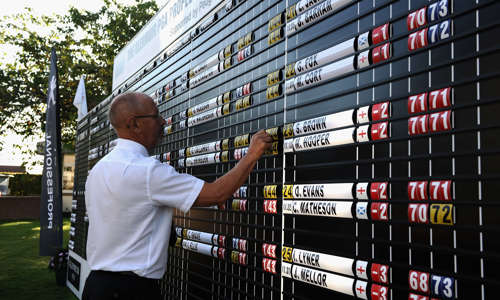Borrowing from martial arts, Golf Access involves beginners negotiating nine stages, each one more difficult than its predecessor.
By way of an incentive, progress is rewarded all the way through the process: the successful completion of each stage results in juniors receiving a certificate and colour-coded wristband while adults get a similarly coloured ball marker.
As the new golfer’s journey gathers momentum and negotiates the nine levels, Golf Access takes them from their first experience on a golf course through to a standard whereby they can obtain a handicap and become a golf club member.
“Playing on a course for the first time can be very daunting, especially if it’s one designed for accomplished or experienced golfers,” Wood continued. “So, Golf Access prepares them by adapting the course to suit their levels of ability.
“We recommend where tees should be. For example, clearing a large pond in front of a regular tee can be a difficult task for an average golfer let alone someone learning the game, in which case we could by-pass the pond and turn the hole into a 60-yard par three.
“Alternatively, we could create a Golf Access drop zone so if someone does go into the water there is an area from which they can carry on and not be intimidated.
“The maximum length of a hole in the Golf Access programme is 250 yards. 150 yards and less is a par three; 150-200 yards is a par four; and 200 – 250 yards is a par five.
“Moreover, players can always see the green, there are no blind shots and if they have a bad hole, it’s a maximum of 10 shots. Similarly, if they’re not out of a bunker after three shots, they can pick up, place the ball to the side and play on.
“We look at all barriers that confront people starting to play golf to help them get to a level whereby they are confident to play from the standard tees and not feel they are in the way of other players.”




































